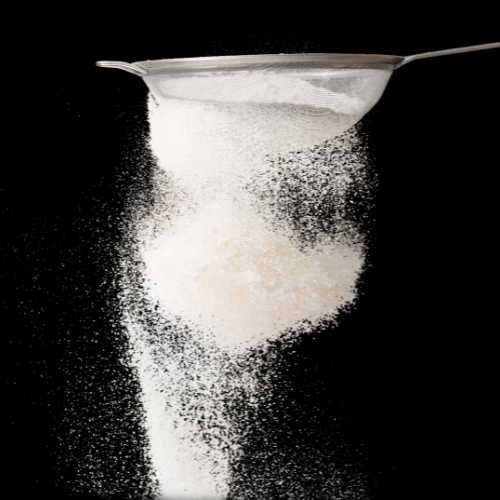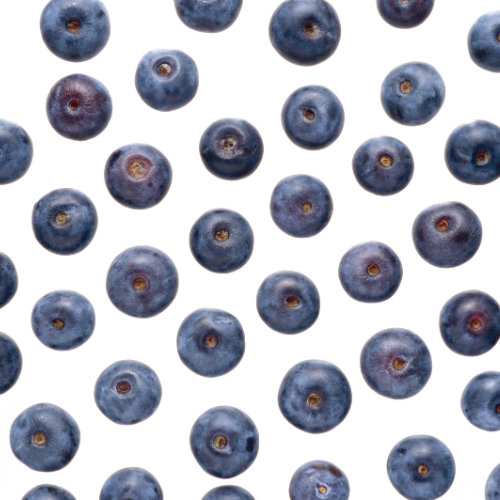10 key trends and market dynamics in functional nutrition for 2023

On 23 May, professionals from across the nutritional industry descended upon the Wellcome Collection for Food Matters Live’s Inspiring Nutrition event. We heard from an eclectic list of speakers spanning academia, ingredient manufacturing, nutrition, dietetics and more.
Over five thought-provoking panel discussions, the speakers explored the challenges, trends, and innovations underway across the nutritional space.
After an action-packed morning of insightful panel discussions, the afternoon kicked off with a spotlight on the key trends in functional nutrition.
Taking part was Alex Glover of Holland and Barrett’s Research and Development team, Nutritional Therapist Dana Chapman, and Registered Nutritionist Rob Hobson. Here are the key ingredient and market trends to watch out for in 2023, as identified by the expert panel.
5 key ingredient trends
1. The shroom boom
The functional nutrition space is witnessing a mushroom boom, with ingredients such as lion’s mane and chaga in high demand.
Consumers are interested in these functional mushrooms for their purported nootropic properties – ingredients said to enhance memory, focus and overall cognition.
The rise of the biohacking movement continues to fuel this trend, with a young audience of predominately male professionals seeking extra productivity margins.
2. Traditional medicine driving ingredient trends
From ginger and turmeric to ashwagandha and lion’s mane, the functional ingredient market has seen a growing demand for herbal remedies based in traditional medicine (Chinese and Ayurvedic practices in particular).
3. Pre and probiotics remain popular, with postbiotics on the rise
Probiotics are live bacteria which confer health benefits when ingested, whilst prebiotics are resistant fibres that feed beneficial bacteria in the gut microbiome.
Consumer demand for pre and probiotic supplementation remains strong, with chicory root standing out as a key ingredient of interest. Postbiotics, the ‘new kid on the block’, are also growing in popularity.
4. Interest in fermentation is brewing
Fermented foods have emerged as an exciting food trend owing to their unique flavour and digestive health benefits.
From kimchi and kefir to sauerkraut and sourdough, consumers are looking for tasty, fermented goods to enrich their gut microbiome diversity.
5. Adaptogens, a key area of focus
Consumer demand is growing for ashwagandha and other adaptogenic compounds – natural ingredients said to induce calm and down-regulate the body’s stress response.
Adaptogens are closely linked to nootropics such as lion’s mane, often being added to mycology-based coffee.
Market dynamics and indicators
6. The ‘silver economy’ driving demand for protein powder
Older people process protein less efficiently than their younger counterparts, meaning they require more of this key micronutrient to maintain muscle mass and mobility. An ageing population is driving increased demand for protein powders, with the ‘silver economy’ looking to supplement their meals to achieve increasing daily requirements.
7. Nutritional expertise in demand
The fast-moving nature of functional ingredient trends means that research is often lacking for their efficacy. Going forward, it’s important that companies clearly explain the clinical evidence for functional ingredients to consumers and signpost potential side effects. As such, nutritional expertise will be in high demand within functional ingredient companies.
8. Women’s health stands out
Early in the day, Kerry’s Aoife Marie Murphy spoke about women’s health as a top 10 trend in nutrition and health for 2023 in her keynote. In line with this observation, functional ingredients linked to perimenopause and menopause relief have seen increased demand.
As we heard from Holland and Barrett’s Research and Development Head Alex Glover, red clover extract is trending due to its naturally high levels of isoflavones – a plant compound that exerts oestrogen-like effects. Sage has also witnessed renewed interest as it’s purported to alleviate hot flushes, though clinical trials for its efficacy are lacking.
9. Personalisation is high on the agenda
With research showing that our responses to food are dynamic, nuanced, and unique, consumers are demanding more personalisation when it comes to functional ingredients.
No longer content with one-size-fits-all nutrition, the market is seeing a steady rise in bespoke probiotics and supplements tailored to people’s unique genes.
10. Social media poses unique challenges – and opportunities
In a digital age, platforms such as TikTok are the key driver behind emerging ingredient trends. Unfortunately, there is little if any regulation when it comes to functional health claims on the platform, meaning trends are often at odds with the truth.
Whilst it is easy to demonise these platforms, they also offer a unique opportunity for health professionals to increase consumer literacy. Going forward, health professionals should leverage these platforms to create informative, easily digestible content.

























